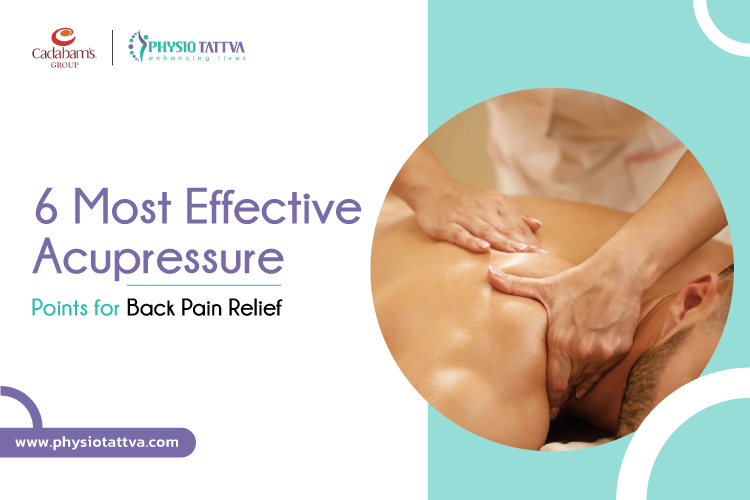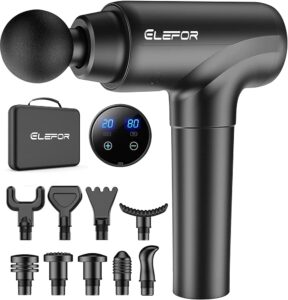When a massage hurts, it typically means that the pressure applied is too intense for the individual’s comfort level or their body is experiencing some underlying issues. Massage therapy should generally provide a relaxing and comforting experience, so when it becomes painful, it may indicate the need for a lighter touch or potential health concerns.
However, it is crucial to communicate with the massage therapist about the discomfort to ensure they can adjust their technique accordingly. Understanding the reasons behind why a massage hurts can lead to a more enjoyable and beneficial experience overall. We will explore some possible causes and solutions for when massage therapy becomes painful.
Understanding ‘painful’ Massage
Getting a painful massage can be a confusing experience. After all, isn’t a massage supposed to help you relax and relieve stress? So, what does it mean when massage hurts? The truth is, there are several potential causes that can lead to a massage feeling painful rather than pleasurable. In this article, we will explore these causes and help you differentiate between discomfort and pain during a massage.
Potential Causes
There are several reasons why a massage can sometimes cause pain. These factors include:
- Inflamed or injured muscles
- Trigger points or muscle knots
- Overly aggressive techniques
- Insufficient warm-up or stretching
It’s important to remember that pain during a massage is not always a negative sign. In fact, it can often indicate that the therapist is working on areas of your body that need extra attention. However, it is essential to communicate with your massage therapist and provide feedback about the intensity of the pressure.
Differentiating Between Discomfort And Pain
While a massage should ideally generate some level of discomfort due to the manipulation of soft tissues and muscle tension release, it is crucial to recognize the difference between discomfort and pain. Discomfort can be described as a tolerable sensation that is somewhat unpleasant but does not cause extreme distress. On the other hand, pain is a sharp, intense, and sometimes unendurable sensation that is beyond the normal realm of discomfort.
To differentiate between discomfort and pain during a massage, consider the following factors:
- Intensity: Discomfort is typically milder in intensity compared to pain.
- Quality: Discomfort may feel achy, tight, or slightly uncomfortable, while pain is often sharp, shooting, or stabbing.
- Duration: Discomfort tends to be temporary and may subside as the massage progresses, whereas pain persists and may worsen.
It is important to communicate openly with your massage therapist if you experience any pain during the session. They can adjust their techniques, pressure, or focus areas to ensure your comfort and safety.
Effective Strategies
Experiencing pain during a massage session can be unsettling, but it doesn’t have to ruin the experience. By utilizing effective strategies, you can communicate your discomfort to your masseuse and explore professional advice and alternative options.
Communicating With Your Masseuse
Open and honest communication with your masseuse is key to ensuring a positive massage experience. When you start to feel pain during the session, don’t hesitate to speak up. Politely inform your masseuse about the discomfort you are experiencing.
Remember, your masseuse is there to help you relax and alleviate muscle tension, so they will appreciate your feedback. Effective communication can lead to adjustments in pressure, technique, or the use of additional tools or products.
- Use short, direct sentences to explain the specific areas where you feel pain.
- Suggest lighter pressure or alternative strokes that might offer relief.
- Ask your masseuse to focus on areas that are less sensitive or to avoid certain areas altogether.
Seeking Professional Advice And Alternatives
If persistent pain or discomfort during a massage session becomes a recurring issue, don’t hesitate to seek professional advice. Consult with a healthcare professional or a massage therapist who specializes in pain management.
They can evaluate your condition and provide valuable insights into why you may be experiencing pain. They may also be able to recommend alternative forms of therapy that can offer the same benefits as massage, but with less pain or discomfort.
| Professional Advice | Alternatives |
|---|---|
| Visit a healthcare professional to evaluate any underlying conditions or injuries. | Consider alternative therapies such as acupuncture, chiropractic care, or hydrotherapy. |
| Consult with a massage therapist who specializes in pain management techniques. | Explore self-care options like stretching, foam rolling, or using heat or cold therapy at home. |
Remember, massage should never be excessively painful or cause injury. Listening to your body and taking proactive steps to address discomfort will ultimately lead to a positive and rejuvenating massage experience.
Self-care Techniques
After a massage session, it’s important to engage in self-care techniques to enhance the benefits of the treatment and alleviate any discomfort. Here are some post-massage care tips and alternative therapies that can aid in addressing discomfort:
Post-massage Care
When your massage leaves you feeling sore or tender, it’s essential to take care of your body with these effective self-care practices:
- Apply ice or heat to the affected areas to reduce inflammation and relieve muscle tension.
- Drink plenty of water to flush out toxins released during the massage and to keep your body hydrated.
- Engage in light stretching to gently loosen tight muscles and improve flexibility.
- Take a warm bath with Epsom salts to soothe achy muscles and promote relaxation.
By following these post-massage care tips, you can minimize discomfort and enhance the positive effects of your massage.
Exploring Alternative Therapies
If traditional massage techniques continue to cause discomfort, exploring alternative therapies can offer relief and complement your overall wellness regimen. Consider incorporating these alternative therapies:
- Acupuncture: Utilizing fine needles to stimulate specific points on the body, acupuncture can help alleviate muscle pain and promote healing.
- Chiropractic Care: Seeking the expertise of a chiropractor can address underlying structural issues that may contribute to post-massage discomfort.
- Yoga or Pilates: Engaging in these gentle yet strengthening exercises can enhance flexibility and alleviate muscle tension over time.
- Aromatherapy: Using essential oils in conjunction with massage or through inhalation can provide added relaxation and pain relief benefits.
Exploring these alternative therapies can offer diversified approaches to address any discomfort experienced after a massage, promoting overall well-being and comfort.
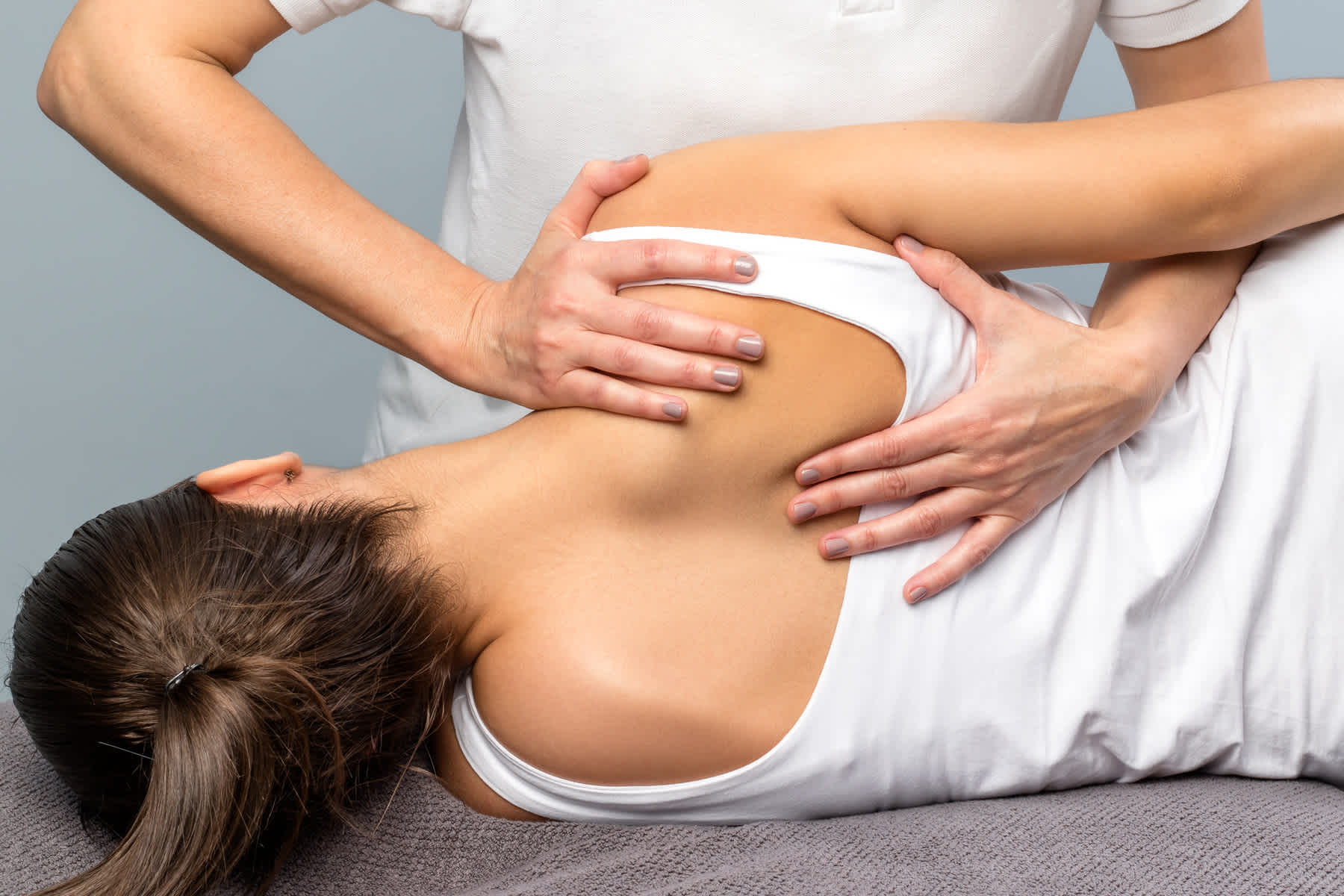
Credit: www.hingehealth.com
Recognizing A Red Flag
When a massage causes pain beyond your tolerance level, it may raise concerns about underlying issues. Recognizing certain signs can help you identify when massage hurting is a red flag.
When To Seek Medical Attention
- If pain persists or worsens after a massage, consult a healthcare professional.
- Sudden onset of sharp or shooting pains during a massage may indicate a problem.
- Any numbness or tingling lasting more than a few hours post-massage is a warning sign.
Understanding Your Body’s Response
- Listen to your body’s signals during a massage for any discomfort or unusual sensations.
- Communicate openly with your therapist about any pain or discomfort experienced during the session.
- Noticing how your body reacts to different massage techniques can guide you in what works best for you.
Being mindful of these red flags and understanding your body’s responses can help you navigate the discomfort and benefit from therapeutic massages.
Creating A Positive Experience
Clients often wonder what it means when massages hurt. A positive experience in massage therapy should provide relief without causing unnecessary pain. It’s essential to communicate openly with your massage therapist to ensure a comfortable and effective session. Understanding the source of discomfort can lead to adjustments for a more enjoyable experience.
Setting Realistic Expectations
Communicate clearly with your massage therapist about your pain tolerance levels and desired pressure.
Finding The Right Massage Approach
Discuss different techniques with your therapist to find the best fit for your needs.
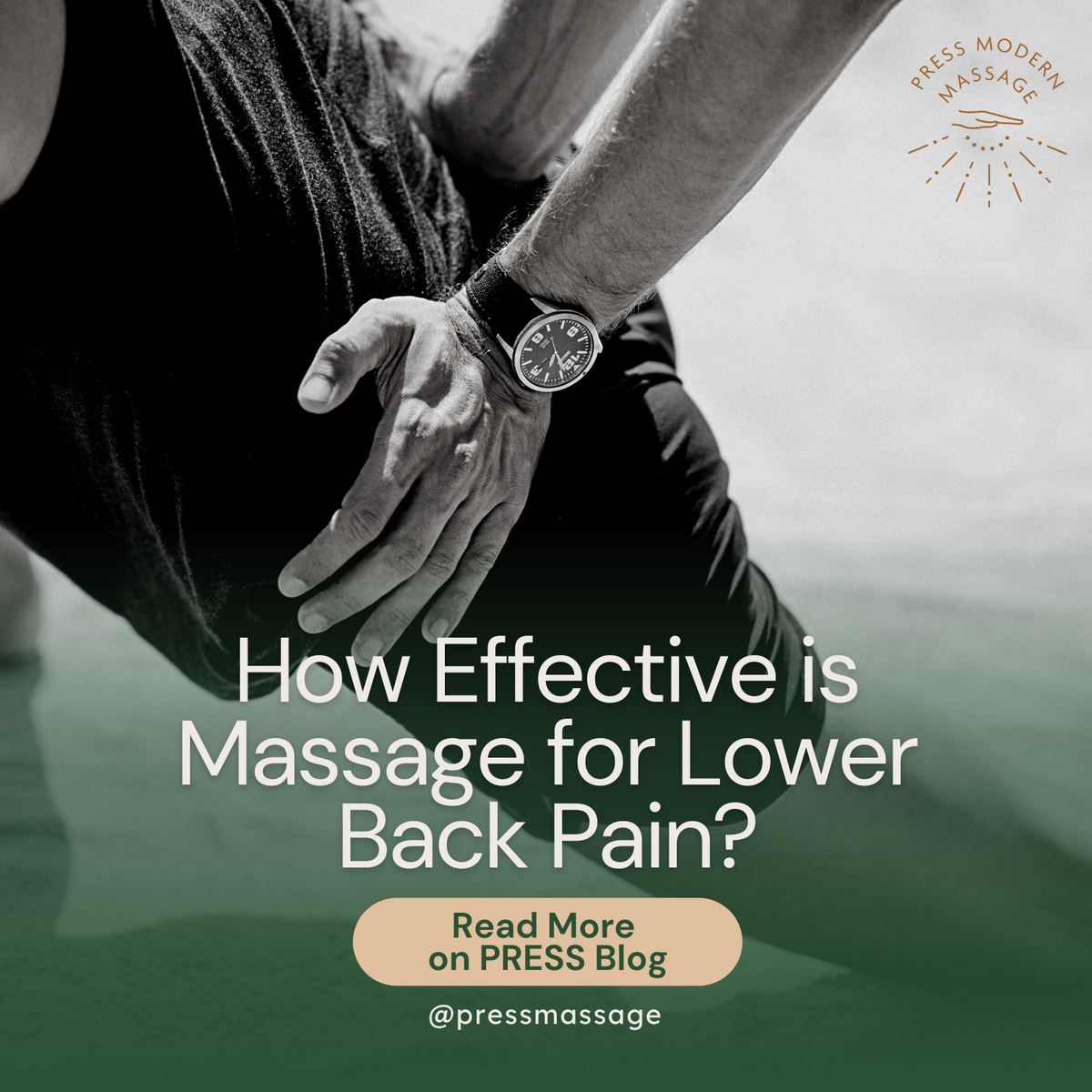
Credit: pressmodernmassage.com
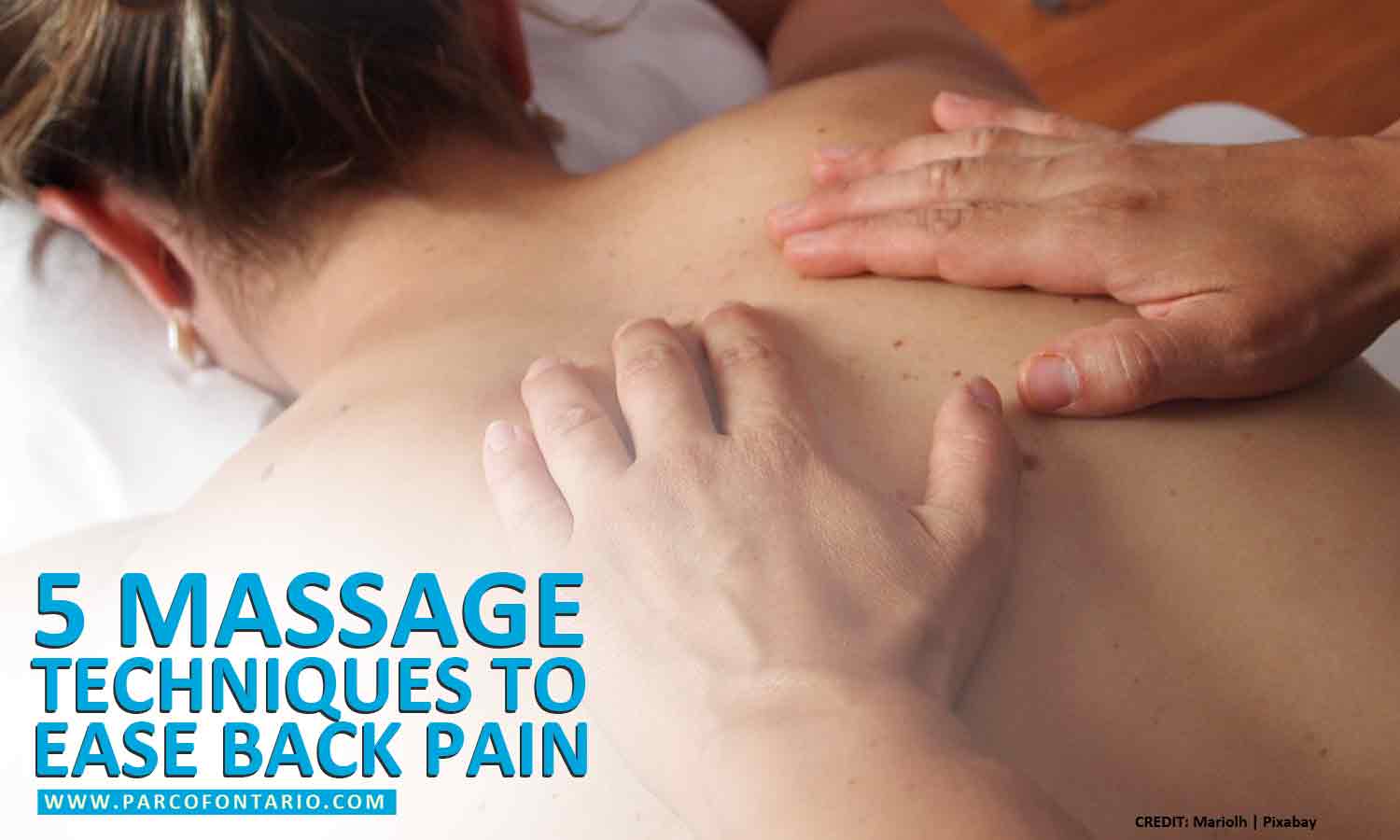
Credit: www.parcofontario.com
Frequently Asked Questions For What Does It Mean When Massage Hurts
Is It Normal For A Massage To Be Painful?
Yes, it is normal for a massage to be painful. The pressure applied during a massage can sometimes cause discomfort, but it should never be unbearable. Pain indicates that the therapist is working on tight muscles or knots in order to relieve tension and promote relaxation.
Why Does My Deep Tissue Massage Feel Like Its Burning?
The burning sensation during a deep tissue massage may be due to increased pressure on tight muscles, stimulating pain receptors. This is a normal response and indicates the therapist is targeting deep layers of tissue. If the sensation becomes unbearable or causes severe pain, communicate with your therapist to adjust the pressure.
What Are The Tender Spots During A Massage?
Tender spots during a massage are areas that feel sore or sensitive to pressure. Common tender spots include shoulders, lower back, and neck. These areas may have muscle tension or knots and may require a more gentle touch during the massage.
Can A Masseuse Feel Tension?
Yes, a masseuse can feel tension in the muscles through touch and observation during a massage session.
Conclusion
Understanding why a massage hurts is vital in ensuring a positive experience. It could be due to muscle tension, underlying health conditions, or aggressive techniques. Open communication with your therapist can help address any discomfort. Remember, a professional massage should bring relief, not added pain.
Prioritize your well-being and seek the support you need.
